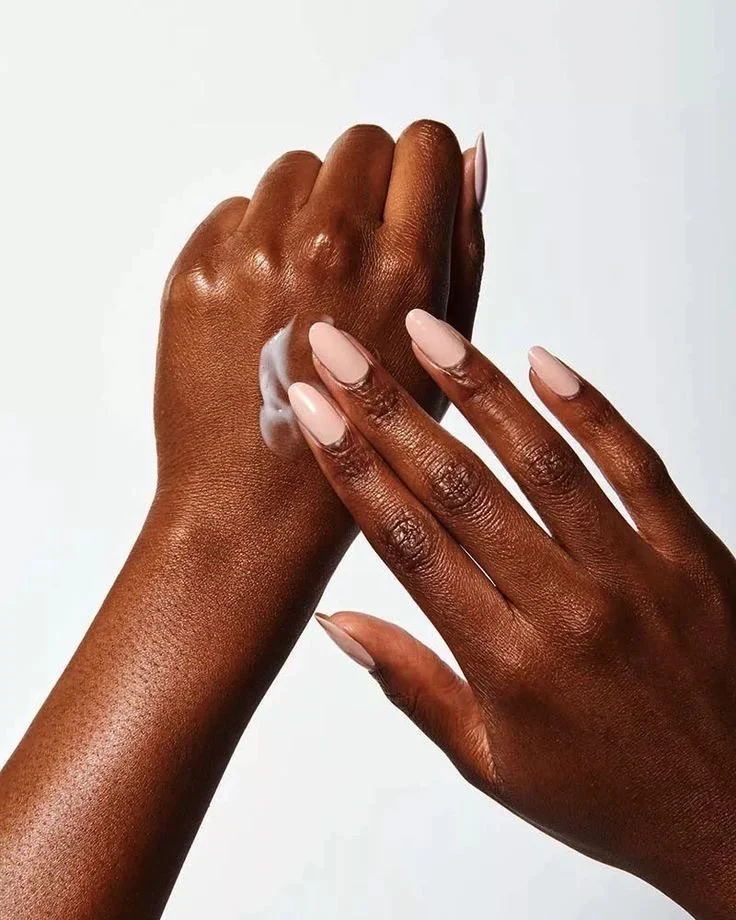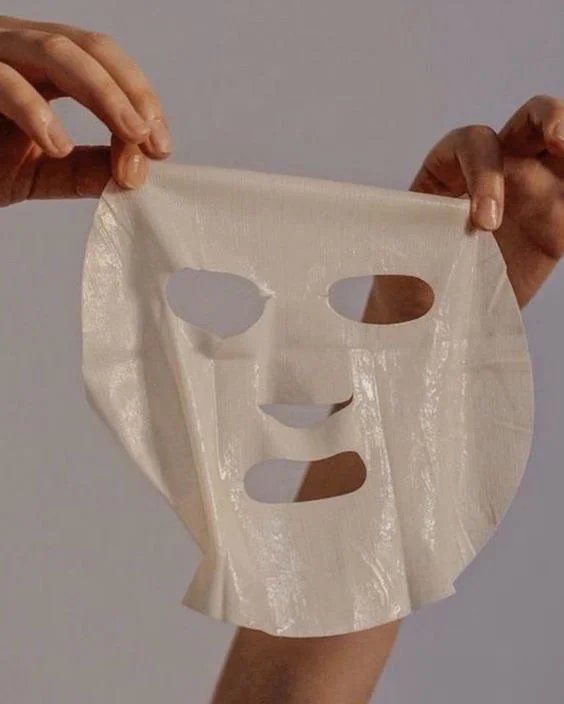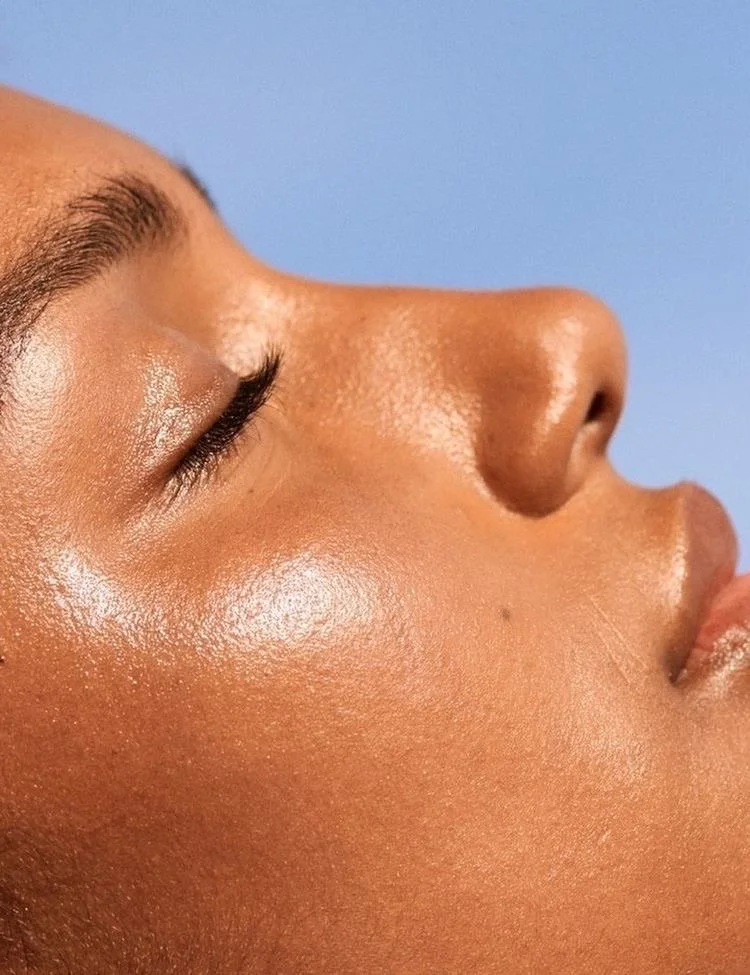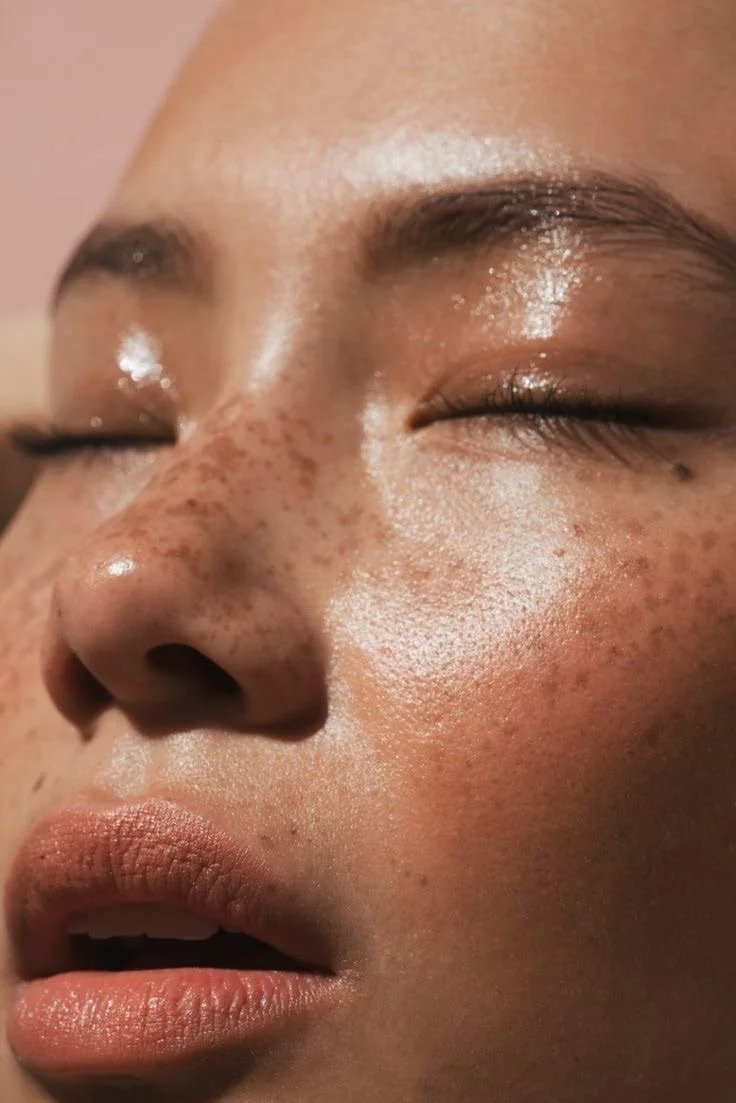March 23, 2022
What Does Hyperpigmentation Even Mean?
The medical term for acne scarring or dark spots is Post Inflammatory Hyperpigmentation (PIH). The release of melanocytes (pigment cells) in the skin is one of the major causes of PIH. Any form of inflammation e.g. acne, eczema, allergic reactions etc. can lead to the onset of this condition on the surface of the skin.
Several epidemiologists and skin specialists have stated that PIH is more common in individuals with darker tones. This is due to the amount of melanin we (I’m black, lol) have in our skin cells. When we have pimples, melanocytes become over-stimulated and produce too much melanin. The result, unfortunately, is an angry looking dark spot or scar in place of the previously inflamed pimple.
Now that we know about PIH and its causes let’s move on to better things, - Treatment types.
It might seem like your acne scars are taking ages to fade but I promise you one thing, they WILL go. Scientifically, hyperpigmentation goes up and out, that means that they come up towards the surface of the skin and will be extracted through the natural shedding process of the epidermis, - this is known as natural exfoliation and can be considered the first and most low-maintenance treatment type of PIH. Of course, it is unlikely that you will see quick results with this remedy. In fact, it might take a full year (or three) for the scar to fade completely.
The skin requires gentle but constant routines of exfoliation in order for it to appropriately regenerate itself. Alpha-hydroxyacids (AHAs) are organic acids made up of naturally occurring ingredients that help to exfoliate the outermost layer of the skin. They work very efficiently to promote the regeneration of the epidermis (the outermost layer of the skin). There are many forms of AHA’s, the most common ones are;
· Lactic Acid
· Ascorbic Acid
· Citric Acid
· Glycolic Acid
We are going to focus on glycolic and lactic acid as they are the most researched and effective AHA’s for treating PIH.
Occurring naturally in sugar cane, glycolic acid is known to have the smallest molecule of AHAs and can therefore penetrate deeply into the epidermis to intensively treat skin issues.
Here’s how it works;
· The water soluble acid breaks down sebum (the oil that causes acne)
· It then penetrates the skin to reduce traces of skin imperfections e.g. acne, rough texture, dullness and of course PIH
· The skin surface will then appear smoother and brighter
· The effect of the acid depends on the concentration of the acid in the product used.
· So individuals with more sensitive skin are likely to see suitable results with concentrations between 5% - 8%
· Higher concentrations such as 10% - 20% are found in more potent products and will provide faster results.
Lactic acid performs a similar role but is slightly less effective that its counterpart. This acid is found to occur naturally in sour milk and tomato juice and displays moisturising as well as exfoliating effects. Walter Smith (1999) revealed through a clinical trial that concentrations of lactic acid above 12% will induce positive changes to the surface of the skin.
Here’s how lactic acid works;
· Similar to glycolic acid, lactic acid is very soluble in water and will work well in products to penetrate the stratum corneum and the epidermis.
· Other than exfoliating, lactic acid has natural brightening and moisturising effects on the skin.
· Frequent use of this acid in the appropriate concentration is likely to result in brighter, smoother and softer skin.
I know this seems like a lot of information but it is important that we are aware of what we’re putting on our skin. It is also important to note that although acids are a great way to treat PIH, they can be equally as effective in worsening the condition if we expose our skin to the sun.
You MUST use sun protection when using any form of acid.
Lastly, there seems to be a misconception in the beauty industry that all PIH treatments are intended to ‘bleach’ the skin. I hope it is clear from this post that you can treat hyperpigmentation without damaging the layers of your skin.
The aim should always be to protect and renew the skins surface. Don’t compromise the long term health of your skin for temporary results.
Written by Demi Osunsina




